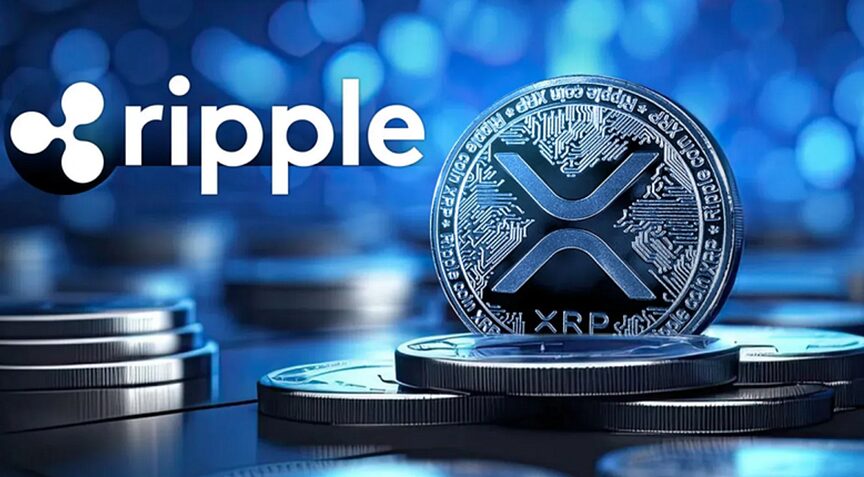Why Ripple XRP Could Be the Game-Changer Banks Need for Global Money Transfers
Banks are stuck in the slow lane of cross-border payments—while Ripple's XRP lurks as a potential turbocharger. Here's why the old guard might finally cave to crypto's siren song.
The trillion-dollar plumbing problem
Legacy systems move money at the speed of fax machines, with fees that'd make a loan shark blush. XRP slashes settlement times from days to seconds—but will institutions bite?
SWIFT's days numbered?
Ripple's tech bypasses correspondent banking entirely. That's either revolutionary or terrifying for executives who still think 'blockchain' is a ski resort amenity.
The compliance tightrope
Regulators love rails they can control. XRP's hybrid approach gives them handholds—unlike those anarchic Bitcoin maximalists.
Bottom line: Banks will adopt XRP when the pain of outdated systems outweighs their fear of change. So...probably right after hell freezes over.
Why XRP Does Not Surge When Ripple Partners With Major Banks?

Even after banks extend partnerships with Ripple Labs, the financial institutions don’t have a need to deal with XRP tokens. Ripple offers two different products: RippleNet and On-Demand Liquidity (ODL) which are primarily separate from each other.
Using the ODL to facilitate money transfers, XRP plays the main role as it is used as gas for settlements and fees. This is mostly used by developers and dApp project makers who require XRP to conduct their daily business.
However, global banks use RippleNet, which seamlessly facilitates money transfers without the need for holding XRP. ODL is used when there’s a need for liquidity issues but global banks don’t have that problem. Funds are aplenty and there’s demand for faster transactions without any interference.
Therefore, there is no correlation between banks using Ripple’s services and XRP’s price in the charts. Both are different from each other and do not help the token’s price in any way. Banks don’t take risks by holding XRP to facilitate transactions as it goes against the purpose of money transfers. They don’t need another middleman (XRP) as they are indeed the middleman between the two parties.
So the next time you are wondering why XRP is not rising even after partnering with top banks, this is the reason why. Holding XRP to transact is risky for banks as they could lose a big chunk as the token can even fall more than 10% in a day.

